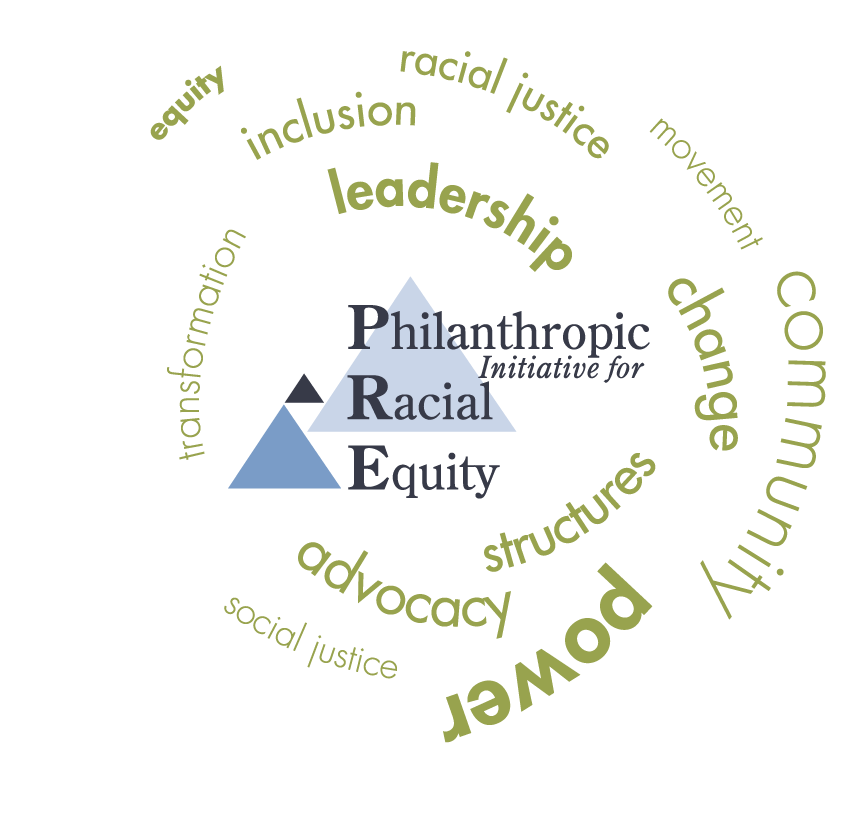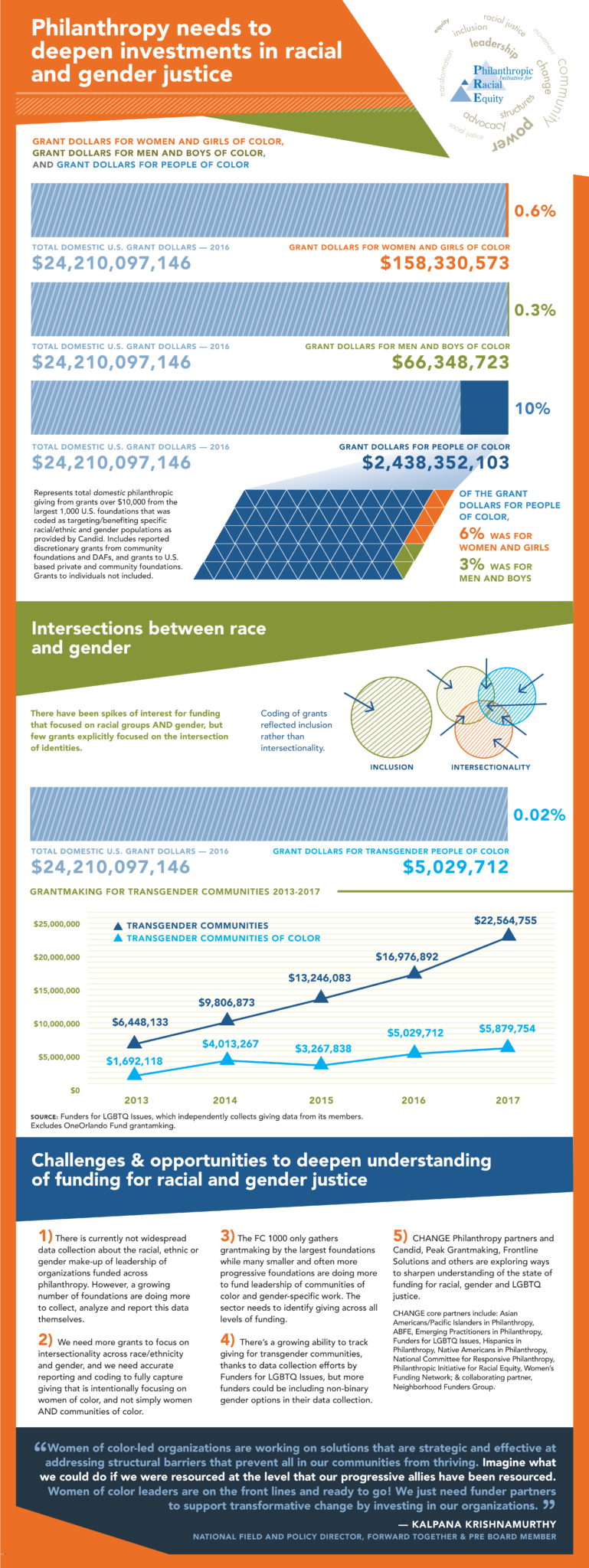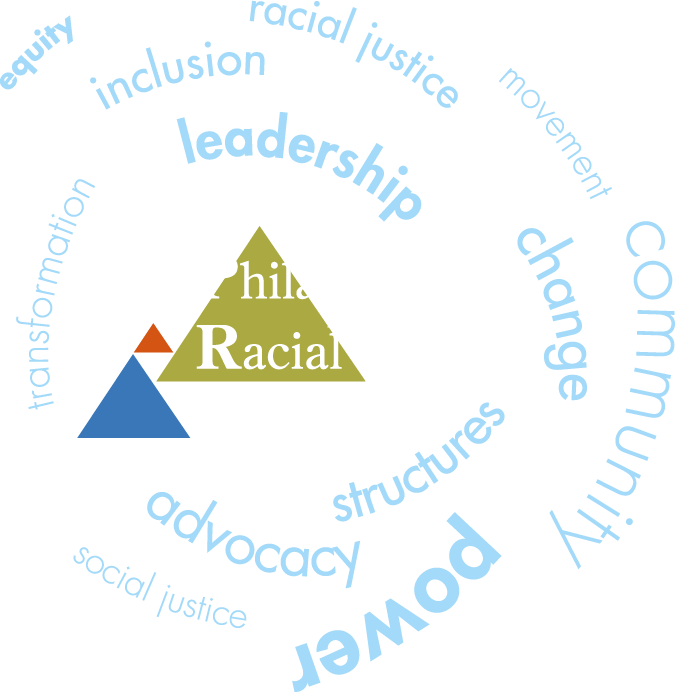“Funding women of color-led organizations is strategic, necessary and not as common as it should be. Women of color aren’t just service providers or advocates, we are directly impacted and we too want to get free. Funders must trust that those closest to the pain are closest to the solutions of today’s most pressing issues. Fund us and watch the transformation of the communities we love unfold. Resourcing women of color leaders to develop deep and meaningful relationships, a shared analysis of the political landscape, and collective strategies, is critical if we are to become an authentic united front capable of moving together.”
Linda Sarsour, co-founder & Executive Director, MPower Change, Co-founder, Women’s March
Women of color across the country are leading justice movements that bring positive lasting impact for all in our communities. Numerous articles and reports have recognized that Black women voted in higher percentages than any other demographic groups in the 2012 and 2016 elections.
Additionally, Ahead of the Majority supported by the AAPI Civic Engagement Fund and Groundswell Fund, tells the story of women of color (not just women or voters of color) taking center stage. The report importantly notes: “Overall turnout in 2018 increased by a massive 30 million voters from 2014, representing a 33% increase. Most significantly, turnout among women of color increased 37% with AAPI (Asian American and Pacific Islander) women showing up to the polls at an increase of 48%, Black women at 28%, and Latinas at 51%.” And additionally recognized: “Most women voters in 2018 talked to and encouraged friends and family to vote. Black women led the way with 84% mobilizing friends and family, followed by 76% of AAPI women, 72% of Native American women, 70% of Latinas, and 66% of White women.”
"Being accountable to grantee partners and investing in grassroots, Black and women of color leaders and their organizations are not risky moves for funders.These are guaranteed strategies to effectively support efforts where wins are already happening. What's risky is continuing to fund White-led organizations that are out of touch with critical perspectives from our communities and losing."
Ash-Lee Woodard Henderson, Co-Executive Director, Highlander Research and Education Center
Major movements like #BlackLivesMatter and #MeToo have been launched by the leadership of Black women such as Alicia Garza, Patrisse Cullors, Opal Tometti, and Tarana Burke. In addition to Black women, Indigenous, Latinx, Asian American, and Arab American women have fueled much of the responsive and proactive visioning our nation needs to build a just democracy.
As a Black woman, I experience the term Women of Color as a political designation of solidarity. I yearn for it to be more than a political designation. I want it to be a lived experience. Unfortunately xenophobia, anti-Blackness, homophobia and transphobia create barriers that keep us divided from each other and weaken our collective power. Resourcing women of color leaders to develop deep and meaningful relationships, a shared analysis of the political landscape, and collective strategies, is critical if we are to become an authentic united front capable of moving together.
Erin Dale Byrd, Executive Director, Partnership and Partnership Action Funds
According to the latest available data from Candid, (formerly Foundation Center and Guidestar), only 10% of the $24.2 billion granted domestically by a sample of 1,000 of the largest U.S. foundations (also known as the FC 1000) in 2016 was targeted to people of color. Of that already small pot of funding, only 6% was explicitly for women and girls.[1]
The $153.8 million of grant dollars for women and girls of color represent only .6% of total domestic funding from the FC 1000 that year. Importantly, this small percentage reflects those grants that are coded as focusing on both women and girls AND naming a particular racial or ethnic group.
There are many women of color-powered organizations with broader missions of addressing the breadth of educational, economic and social concerns of their full communities that may be excluded from the data if not coded specifically as concerns of women and girls.
“When people think about strategy, even in this political moment, they think of a white guy with a power point presentation. Meanwhile, the kind of strategies we need to defend democracy come from women of color who have been knocking on doors, forming unions at kitchen tables, and building multi-racial organizations of working class people.”
María Poblet, Executive Director, Grassroots Policy, Co-Founder, Causa Justa/Just Cause, US Social Forum, US Chapter World March of Women
Additionally, we recognize the needs, strengths, and critical issues of so many men and boys of color, which are even more severely under-resourced according to Candid’s data. Further, information on funding for gender binary or for gender non-conforming communities is only recently being gathered, primarily by Funders for LGBTQ Issues.
Moreover, the numbers typically reported are from the largest foundations when we know as a field that often more progressive giving is done by many smaller and public foundations.
"Often in great sacrifice to themselves, Black, Indigenous, Latinx, Arab, and Asian women have shined the light on our most urgent issues of ecological, racial, and economic justice, and consistently and courageously gathered, nurtured, and stood with others to make change that is both deep and wide. Our future depends on supporting and sustaining the leadership and well being of women of color."
Julie Quiroz, Movement Strategy Center
CHANGE Philanthropy and its members are working directly with Candid to improve data collection, coding and reporting to more fully capture the state of foundation funding for specific issues and communities as well as the essential intersectional work that is happening on the ground. (To ensure the most accurate and comprehensive giving data, funders can also self-report directly to Candid here.)
We also need to understand that to help strengthen the infrastructure of racial and social justice movements and our country’s democracy, grantmakers need to fully invest in women-led efforts across all issues we care about and center the concerns of women and transgender people in our work. They know what to do and are doing it even with too few resources. Imagine what we could achieve if we invested fully?
"Women of color-led organizations are working on solutions that are strategic and effective at addressing structural barriers that prevent all in our communities from thriving. Imagine what we could do if we were resourced at the level that our other progressive allies have been resourced. Women of color leaders are on the front lines and ready to go! We just need funder partners to support transformative change by investing in our organizations."
Kalpana Krishnamurthy, National Field and Policy Director, Forward Together
As Groundswell Fund’s Vanessa Daniel wrote in a recent op-ed on The New York Times:
“ … donors should listen to these leaders. They know what to do.
Every foundation ought to shift a majority of its giving to groups headed by people of color. We must write checks that support multi-issue organizing led by women of color on a large scale. And instead of awarding grants for individual projects, donors need to move toward multiyear, general-support funding so groups can expand. This is how we build the power of communities to win, defend victories and win again.”


